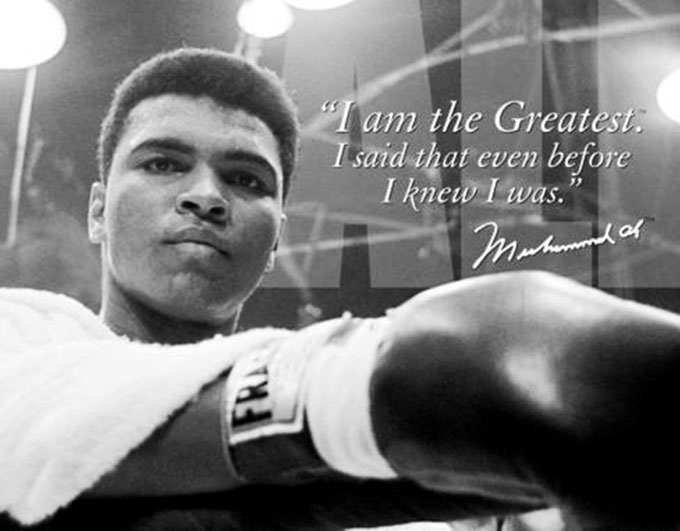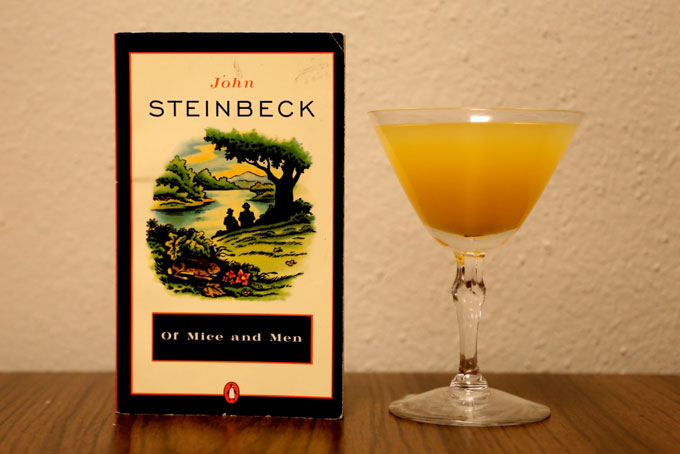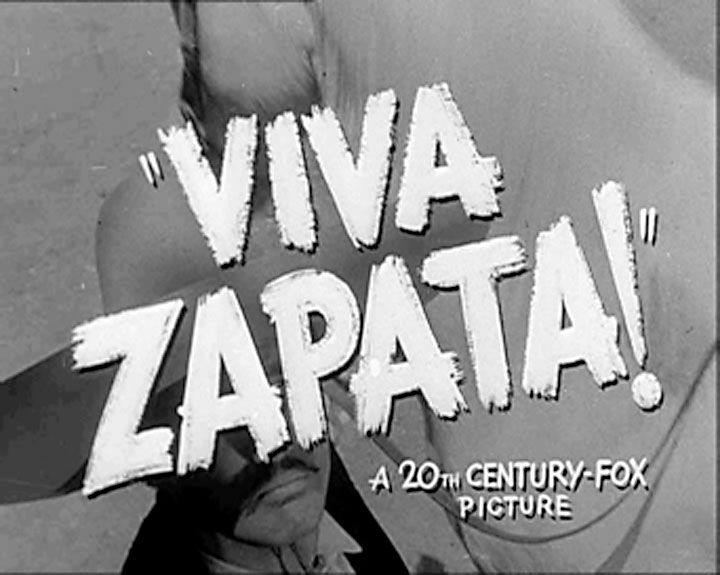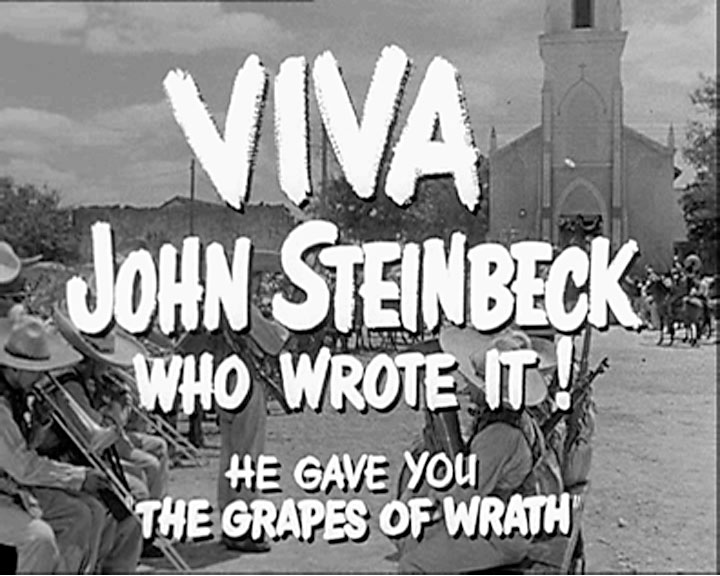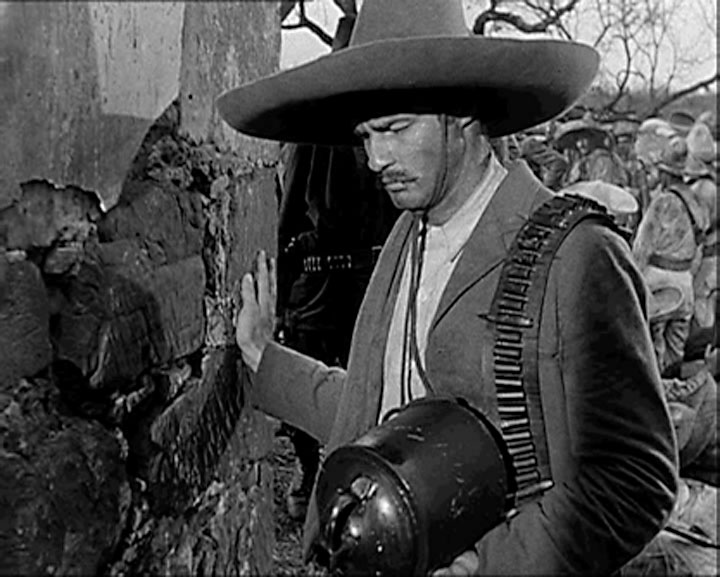Three recent newspaper stories served as reminders that John Steinbeck remains relevant to readers, and useful to editors, experts, and leaders who make policy in his name. Of Mice and Men dominated the August 22 New York Times report on a Texas death penalty case working its way to the Supreme Court. The Grapes of Wrath appeared in the headline of a report on Syrian refugees published the same day in Christianity Today. The 1939 novel was used by a college professor with conservative ideas about government in an August 20 editorial for The Charlotte Observer. The New York Times and Christianity Today articles reflected Steinbeck’s values. The editorial in The Charlotte Observer showed why he took a dim view of academics.
The New York Times and Christianity Today articles reflected Steinbeck’s values. The editorial in The Charlotte Observer showed why he took a dim view of academics.
The New York Times piece by Adam Liptak explored the legality and ethics of the so-called Lennie standard, named for the character Lennie Small and used to decide when a person of limited intelligence should or shouldn’t be executed for murder. (Barbara A. Heavilin, who writes frequently about John Steinbeck, explains the immorality of this misreading of Steinbeck”s novel in a related blog post.) Jeremy Weber’s Christianity Today report on refugees in the Bekaa Valley—“Grapes of Wrath: Refugees Face Steinbeck Scenario in Lebanon’s Napa Valley”—compared conditions there with California during the Great Depression. In his editorial for The Charlotte Observer—“Addressing the problems of the modern-day Joads“—Professor Clark G. Ross misrepresented Steinbeck’s intentions in The Grapes of Wrath, just as those justifying the death penalty do in misreading Of Mice and Men.
Why The Charlotte Observer Got John Steinbeck Wrong
Professor Ross describes teaching The Grapes of Wrath to a group of students who are studying the Depression for the first time. His detached view of the Joads as a “fundamentally Christian, not over-educated family” dependent on government support for survival suggests that the wrong lesson was learned about the present. While faulting both Republicans and Democrats for failing workers losing their jobs to foreign labor, he claims that politicians can’t save these “modern-day Joads” anyway, because government isn’t the solution to social problems. Steinbeck thought it was and Weedpatch, the federal camp where the Joads get help, was his proof. Unconvinced by Steinbeck’s example, Ross characterizes Steinbeck’s vision as “centered on a benevolent government within a communist society, one that would provide employment and shelter, as well as self-governance.” The commie charge isn’t new.
Steinbeck thought government was the solution to social problems. Weedpatch, the federal camp where the Joads get help in The Grapes of Wrath, was his proof.
Conservative critics raised the specter of communism to discredit Steinbeck and his novel when it was published more than 75 years ago. Critics in California denied that Okies like the Joads even existed, or if they did were as numerous as Steinbeck claimed, and they failed to feel the Joads’ or Steinbeck’s pain. Professor Ross expresses sympathy, but it’s distant and distorted by doctrine. Like that of Joad Deniers at the time, his claim that Steinbeck’s version of good government can’t succeed requires a belief that government can’t be the solution because it’s the problem. “History has proven,” he says of Steinbeck’s dream, “that such public provision of goods and services really cannot work.” Arvin, the migrant camp known as Weedpatch, proved the opposite.
How John Steinbeck Did Research and Described Experts
“History has proven” is a sad tautology, and economics remains a dismal science. That’s why Steinbeck’s joyful art is useful in putting a human face on social and economic abstractions, as The New York Times and Christianity Today did last week. Steinbeck put a human face on every subject when he wrote, and the effort often hurt. He lost his first newspaper job because he got bogged down in the human side of the stories his editor assigned. He researched The Grapes of Wrath in person, by doing, reporting on Dustbowl refugees in the field for the San Francisco Examiner, staying at Arvin to learn how it worked, making mercy runs to migrants stranded by floods in the Central Valley. Of Mice and Men was similarly inspired by actual people and events; as Barbara Heavilin notes, Lennie Small was based on a real person.
Economics remains a dismal science. That’s why Steinbeck’s joyful art is useful in putting a human face on social and economic abstractions.
Years after writing these books Steinbeck had a chance meeting on a train with a boyhood friend from Salinas. By then the author was back in the journalism business, producing a syndicated newspaper column that allowed him personal privilege, which he used, to speak his mind. Tongue in cheek, he tacked the meeting onto a tall-tale column about religion, describing his old friend, now grown, as a “professor of anthropology . . . or some such vermin.” Vermin seems a strong word to describe an expert, even if the friend was in on the joke. On the other hand, the misinterpretation of Steinbeck’s meaning by authorities in Texas, and by an academic in North Carolina, suggests why he used it.

